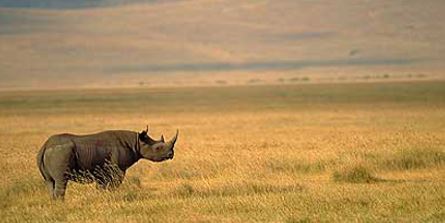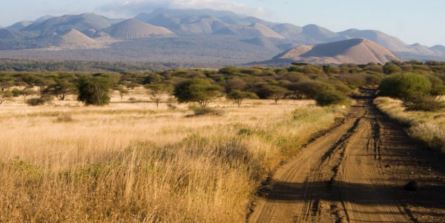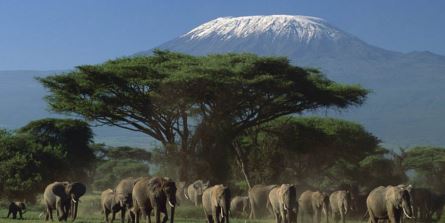The Great Migration from July to October draws tourists to Kenya’s Maasai Mara, but the country’s safari offering is not limited to this annual spectacle. Tessa Reed highlights some of the other areas worth a visit
1. Laikipia

Mohanjeet Brar, Director of Gamewatchers and Porini Camps, and Jens Kozany, GM at Segera Retreat, both recommend Laikipia, north-west of Mount Kenya, highlighting its significant rhino population and conservation success stories. Kozany says there is a trend where people are moving away from the busy Mara into the Laikipia area, where he says the community work and conservation work go hand in hand.
“Laikipia is an excellent area that has really come of age over the last 10 years as a high quality wildlife haven and has done a great deal in protecting the habitat for wildlife, resulting in increases in many key species, including African Wild Dogs, and has become a strong hold for the Black rhino,” says Brar.
Brar says the conservancies in the area each have their own unique strengths and offerings. “It's an area where we can have clients easily spend six to nine nights due to the diversity of product, experiences, activities and wildlife, and is especially good for families.”
To see the diverse surrounding landscapes, including the Laikipia Highlands, Aberdare Mountain Range, Mount Kenya, the Rift Valley and Lake Turkana, Kozany recommends that guests opt for a helicopter flight.
Commenting on Segera in particular, Kozany says the product combines well with Angama in the Maasai Mara, because both products are connected with the Out of Africa story. He says in 2013 Segera acquired the iconic 1929-model Gipsy Moth G-AAMY biplane that was flown in the film.
2. Tsavo

Kozany recommends a visit to Tsavo, one of Kenya’s oldest and largest parks. It is divided into east and west sections by a railway line. The slightly larger Tsavo East consists of dry plains of grassland and savannah, while Tsavo West National Park is wetter and more mountainous.
Tsavo East, which covers over 13 000 square kilometres, is home to over 10 000 elephants. Considered a biodiversity stronghold, it is also home to the Big Five, hippo, crocodile, waterbuck, Lesser kudu, Gerenuk and Hirola. The park’s 500 recorded species of birds include Black kite, Sacred ibis and Crowned crane.
The park is known for the legend of the Tsavo man-eating lions, a pair of male lions that reportedly killed over 100 railway workers in the 1890s, dragging them from their tents.
3. Amboseli

Offering the iconic backdrop of Mount Kilimanjaro, Amboseli National Park, is a popular park in Kenya, attracting tourists to see its large herds of elephants. The park offers a variety of habitats in which to view game, including the dried-up bed of Lake Amboseli, wetlands, savannah and woodlands.
Covering nearly 400 square kilometres, the park has prolific birdlife, being home to 600 species, and is also home to mammals including leopard, lion, cheetah, wild dogs, elephant, buffalo, giraffe and zebra.
Brar says there are a number of quality safari experiences available in the community conservancies in the Amboseli/Chyulu eco-systems. He highlights the conservancies as a compelling offering for travellers looking for an authentic experience. “With millennials making up a significant and growing segment of the travellers to Africa and Kenya, and as authenticity and real engagement are important elements of a 'best safari experience' to them, the Amboseli/Chyulu conservancies offer this.” He adds that Amboseli has offerings in several price ranges, from adventurous camping in simple dome tents all the way up to boutique luxury lodges and camps.






















